The Freshwater Park swimming hole. | Photos provided by the Humboldt County Public Works Department.
This summer, the iconic dam-made swimming hole at Freshwater Park will welcome visitors for the first time in three years. If everything goes according to plan, the pool will be ready to accommodate swimmers next month.
There was a host of logistical issues that contributed to the extended closure of the beloved Freshwater Creek pool, including expired permits, drought, the COVID-19 pandemic and unfinished research on water flows in the creek. Andrew Bundschuh, the Environmental Permitting and Compliance Manager for the county’s Public Works Department, told the Outpost that the county had hoped to get the permits in place to install the dam’s fish ladder last summer but those plans fell through due to severe drought conditions.
“Several of the regulatory agencies in the county were concerned that the flows in the creek were too low or too minimal to put the dam in,” Bundschuh said. In May of 2022, a month before the traditional dam installation period, water flow had already dropped to two cubic feet per second. “If we blocked even half of the flow, there wouldn’t be enough flow downstream to provide habitat for the juvenile fish.”
The seasonal dam.
In order to reinstall the dam, the county would need to determine the flow threshold at Freshwater Creek and complete a successful review with various federal and state regulatory agencies, including the California Department of Fish and Wildlife, the California Northcoast Regional Water Quality Control Board, the U.S. Army Corps of Engineers and the National Marine Fisheries Service.
“I worked with the regulatory agencies in looking at historical flow data, which a lot of that information was collected at [Professor Emeritus of Fisheries Biology at Cal Poly Humboldt] Terry Roelofs’ stream gage just upstream of the park on his property,” Bundschuh said. “That data was collected mostly by Salmon Forever along with other flow data provided to me by Fish and Wildlife – which spanned 2002-2013 intermittently – but provided enough data to draw a threshold low flow for dam installation that the agencies agreed with.”
The county looked at historical flow range estimates between May and November and found average flows in Freshwater Creek range from 8.0 to 20.0 cubic feet per second in late May and drop as low as 0.5 CFS in late August before ticking back up in early November.
“Using a conservative approach, a threshold minimal flow needed to be flowing downstream during dam installation will be 1.5 CFS,” according to the project’s description. “This means that flows need to be at least 3.0 CFS prior to installation such that 50 [percent] of flows (at least 1.5 CFS) continue downstream during filling of the pool (roughly 2-4 days). After the dam is filled, whatever the flow is upstream of the dam should be the same amount of flow that is continuing downstream via the overspill section of the dam combined with what is flowing through the fish ladder and back into the creek.”
Colin Anderson, a biologist with Fish and Wildlife, worked closely with the county to “define dates and flow restrictions around the dam installation” and reviewed the findings of the flow analysis to ensure the fish that use the creek as a nursery and seasonal habitat are protected throughout the installation process.
“Certain low flow during drought years would prevent the installation and operation of the dam,” Anderson explained in an email to the Outpost. “Anytime federally listed species are present in an area where in-stream work occurs a biological opinion must be created and approved. In Freshwater Creek we have three listed salmonids, Southern Oregon Northern California Coho Salmon, California Coastal Chinook Salmon, and Northern California steelhead trout.”
A small section of the stream channel will be disturbed during the dam installation process, which is expected to begin in about two weeks. The county will do a little bit of grading to accommodate a crane that will be used to install the flashboards for the dam. Workers will also have to go in and clean out the fish ladder, which often fills up with mud and silt during the winter months.
Simultaneously, the fish will be removed and relocated to an adjacent habitat, Anderson explained. “This is a common practice anytime disturbance inside the stream channel occurs for restoration and construction projects,” he said. “We plan to use seine nets as a first method and switch to electrofishing if necessary.”
“Electrofishing” is a method used by the U.S. Fish and Wildlife Service to temporarily stun fish and other aquatic animals with electricity in order to sample or remove them from specific areas. When performed correctly, electrofishing results in no permanent harm to the fish, which will typically resume swimming about two minutes after being caught.
Once the dam is in place – hopefully by June 25 – the creek will slowly fill the pool, providing deep, cold water ideal for salmonids.
“Large pools are often preferred habitat for Coho salmon,” Anderson said. “In streams that lack large pools or off-channel habitat, restorationists construct this habitat for Coho and other salmonids. We have collected data in many of these habitat restoration projects locally … and found that growth and survival of Coho can be greater than in the creek environment. The large pool formed by the Freshwater Dam may mimic some of these habitats and could provide high-quality habitat for growth and survival.”
Depending on water flows, the pool should be filled by the beginning of July. “The brave kids that can handle the cold will be freezing their toes off swimming in the pool before the Fourth of July,” Bundschuh said.
Freshwater Park’s iconic swimming hole has been sorely missed by Pal Camp attendees in recent years. Stephanie Carter, executive director of the Redwood Discovery Museum which hosts Pal Camp, said the kids have had to make do with other water activities.
“Freshwater Park’s swimming hole has been a part of Pal Camp for almost the entirety of the camp’s 72-year run,” Carter wrote in an email to the Outpost. “The dam’s absence the past few years has had an impact on our campers’ experience, but we made do by substituting our swim days with water play activities every week. The return of the dam means the return of a long-time Pal Camp tradition, and we are so excited to give our campers the full Pal Camp experience again!”
If you’ve ever wondered what the swimming hole may have looked like in the 1930s or the 1950s, respectively, keep scrolling for some cool shots of old-timey cars and synchronized swimming events at Freshwater Park, courtesy of Bundschuh and the Public Works Department.
###
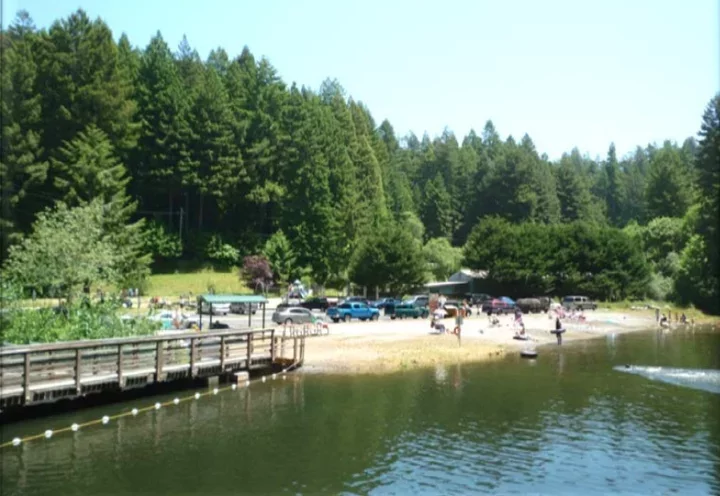
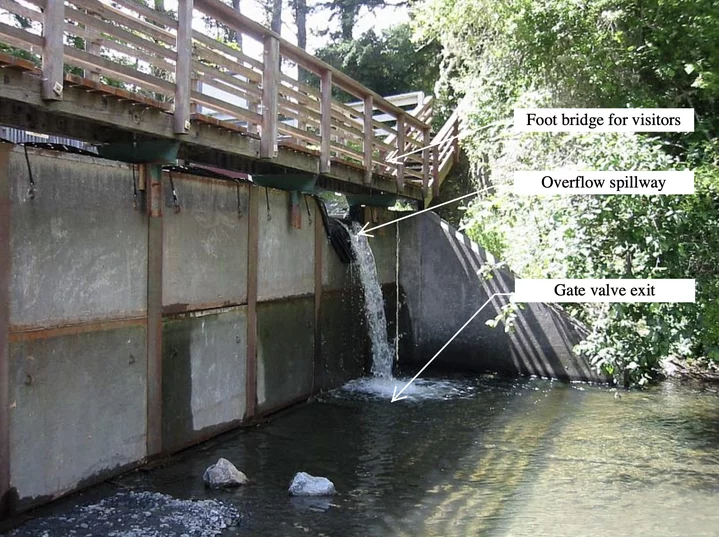
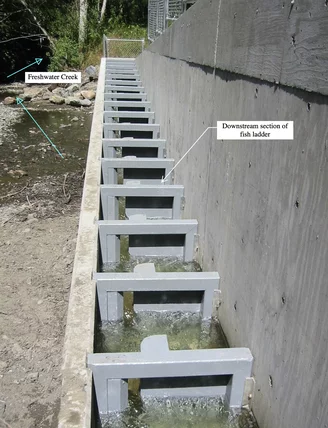
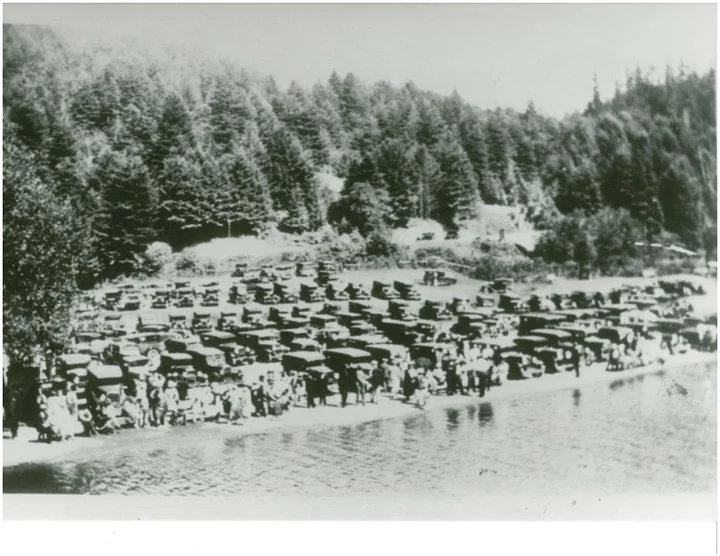
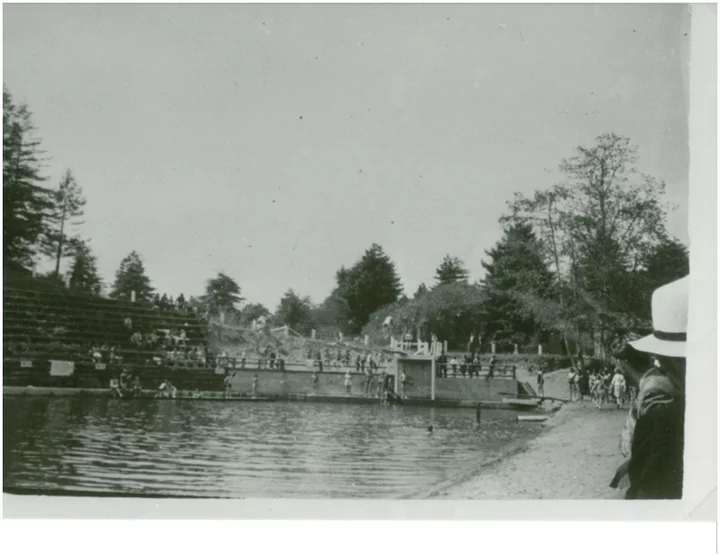
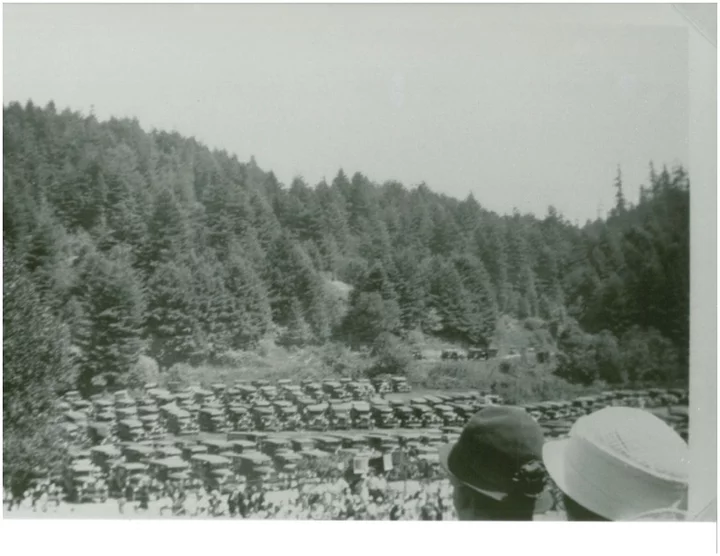
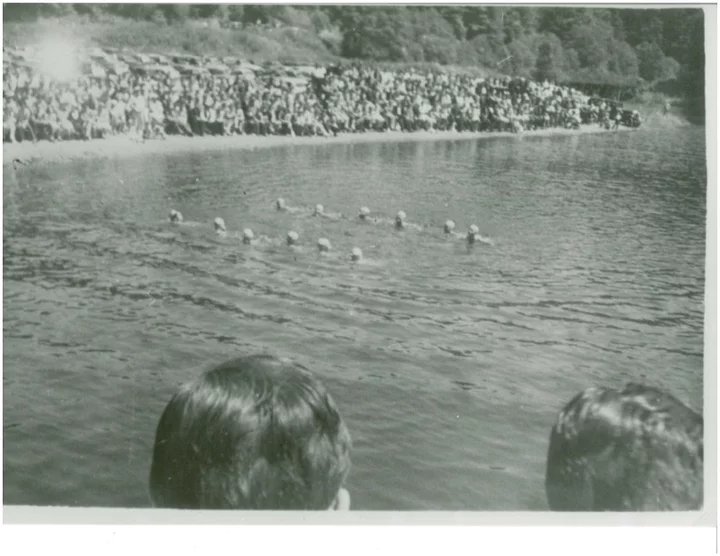
CLICK TO MANAGE